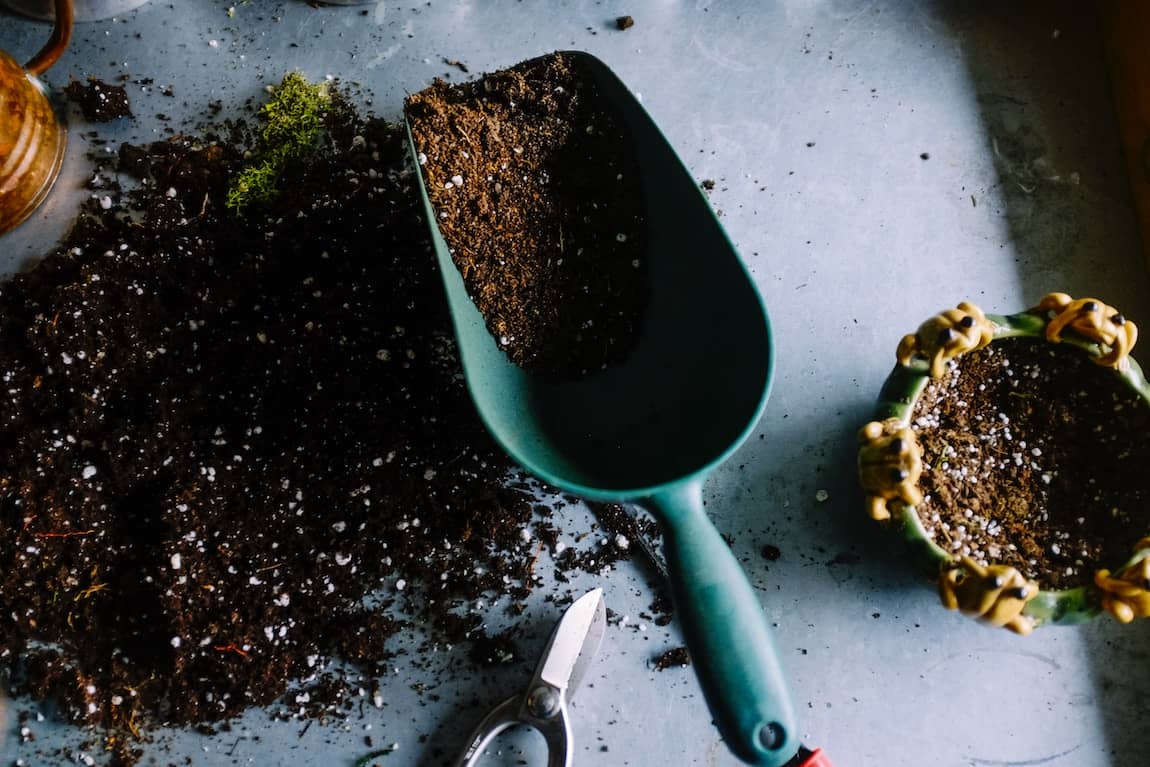Pruning is probably the most vital element involved in maintaining the garden. In addition to making your garden a more pleasant place or space to spend your summer afternoon on, it also plays a significant role in ensuring optimal health benefits for your garden flowers/ trees. A proper and regular pruning procedure can make a tremendous impact on your garden’s aesthetic factor as well as enhancing the productivity of your flowers and trees.
However, there are many ways of getting it wrong, and that obviously produces the most contradicting end-result as opposed to your original intention. Despite what many people say, pruning is a highly delicate and complex procedure. If you proceed, thinking you need to trim some of the trees in your garden simply, you may end up with a completely contradicting result as you may have intended initially. It is always a good option to consider seeking advice from a professional tree company to help you prune efficiently.

Using the right set of pruning shears
Many people have this misconception that there is only one type of pruning shears, and that is the bypass shears that most people are familiar with. However, in reality, pruning consists of a multitude of options when it comes to pruning shears. There are more than 18 different types of pruning shears, each designed for their individual and specific working conditions. For example; the Bypass shear is used mainly for cutting small live branches but is unsuitable for cutting dried/ dead branches. Similarly, Avil pruner is most suitable for cutting thicker branches. There are also many other pruners suitable for different heights as well. So, make sure you have the right cutting tool before you start pruning.

Using the right cutting techniques
What is the point of cutting/ pruning the trees, if you are not following the right cutting technique? It’s like walking into a salon and not caring about how your barber cuts your hair. That will be something, right? The same condition applies to the pruning process. There are some specific and basic pruning techniques that you should always be mindful of when you proceed to prune. Some of those are –
- Always analyze the tree first rather than randomly proceeding to cut the tree branches.
- Never leave a noticeable stub on the area where you make the cut. This will encourage outside infections from insects and destroy the other branches as well.
- Unless you leave out a significant stub or cut the tree inappropriately, you do not need to dress the wounds.
- Always make sure you identify the suckers and eliminate them as soon as possible.
Don’t compromise with the safety equipment
Well, how hard can pruning be, right? It’s just a simple process of cutting down the infected and dead branches; so, it does not conventionally qualify as a dangerous activity. Well, at least that’s what most people think. However, you can never be too careful when you’re dealing with sustaining potential injuries. Dead branches can fall down from above or even worse infected, or weak live branches can come down and greet your head. You also run the danger of sustaining various cut injuries from thorns or sharp dead branches. The last safety threat is your eyes, the small branches can get in the way of every little thing, and that includes your eyes. Unless you don’t have any issues with small sticks poking your eyes (no pun intended), you should wear protective eye goggles while pruning.

It is, therefore, highly advised to wear a proper protective glove, a helmet, and goggles to ensure maximum safety during pruning.
